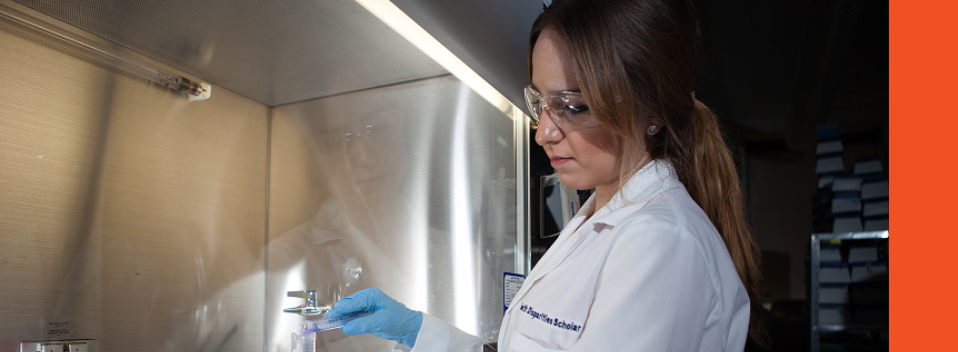
Health & Biomedical Sciences Faculty Publications and Presentations
Document Type
Article
Publication Date
5-2017
Abstract
Musca domestica L. were collected from cattle diagnosed with bovine ringworm to evaluate the potential of the house fly to disseminate Trichophyton verrucosum E. Bodin, a fungal dermatophyte that is the causative agent for ringworm in cattle. Fungal isolates were cultured from 45 individual flies on supplemented Sabouraud dextrose agar, and isolates were identified using morphological and microscopic approaches. Each isolate was identified further by PCR amplification of the ribosomal DNA locus with fungal-specific primers and subsequent amplicon sequencing. Trichophyton verrucosum was not identified using these approaches. However, 35 different fungal species representing 17 genera were cultured from collected flies, including several species that are allergenic and pathogenic to humans and animals. Several species within the fungal orders Hypocreales, Microascales, Onygenales, Saccharomycetales, Xylaniales, and Agaricales were observed for the first time on house flies. The most frequent fungus recovered was Cladosporium cladosporoides Fresen, which is known to be a ubiquitous, airborne allergen to humans.
Recommended Citation
Cherity A. Ysquierdo, Pia U. Olafson, Donald B. Thomas, Fungi Isolated From House Flies (Diptera: Muscidae) on Penned Cattle in South Texas, Journal of Medical Entomology, Volume 54, Issue 3, May 2017, Pages 705–711, https://doi.org/10.1093/jme/tjw214
Creative Commons License

This work is licensed under a Creative Commons Attribution-NonCommercial 4.0 International License
Publication Title
Journal of Medical Entomology
DOI
10.1093/jme/tjw214


Comments
Copyright The Authors 2017.